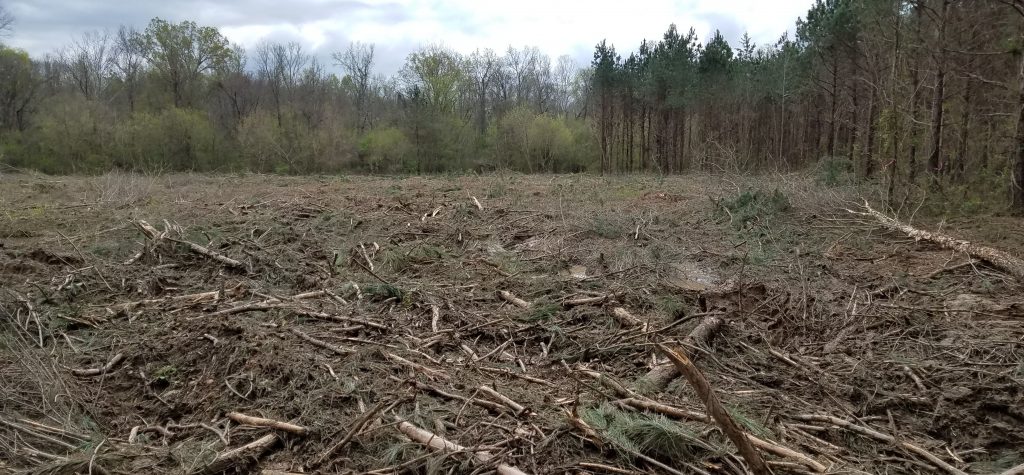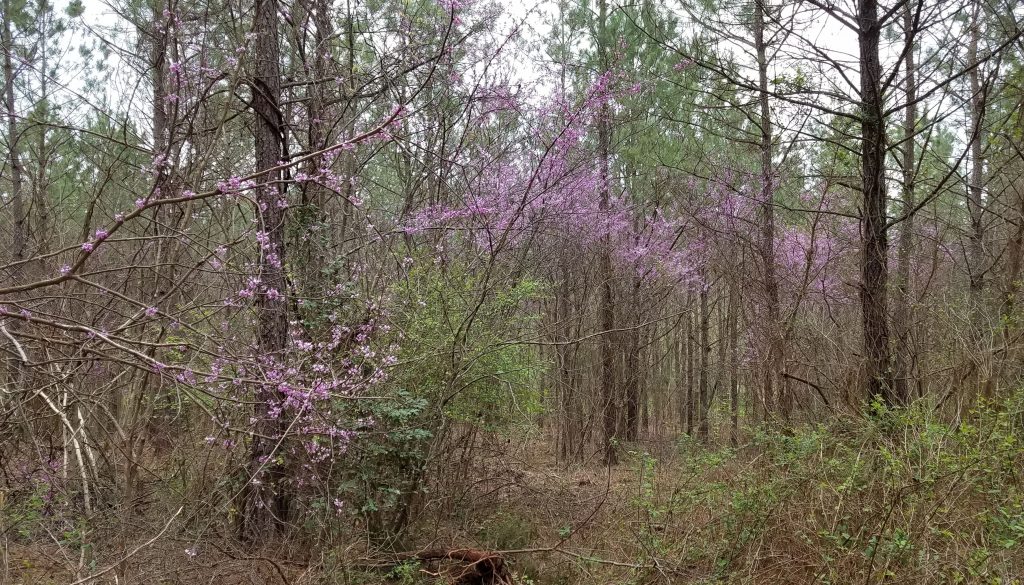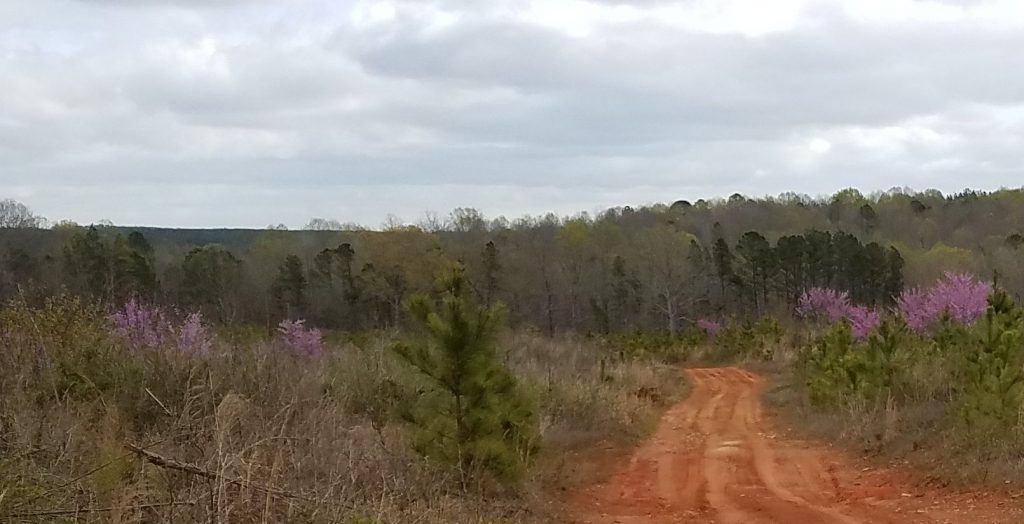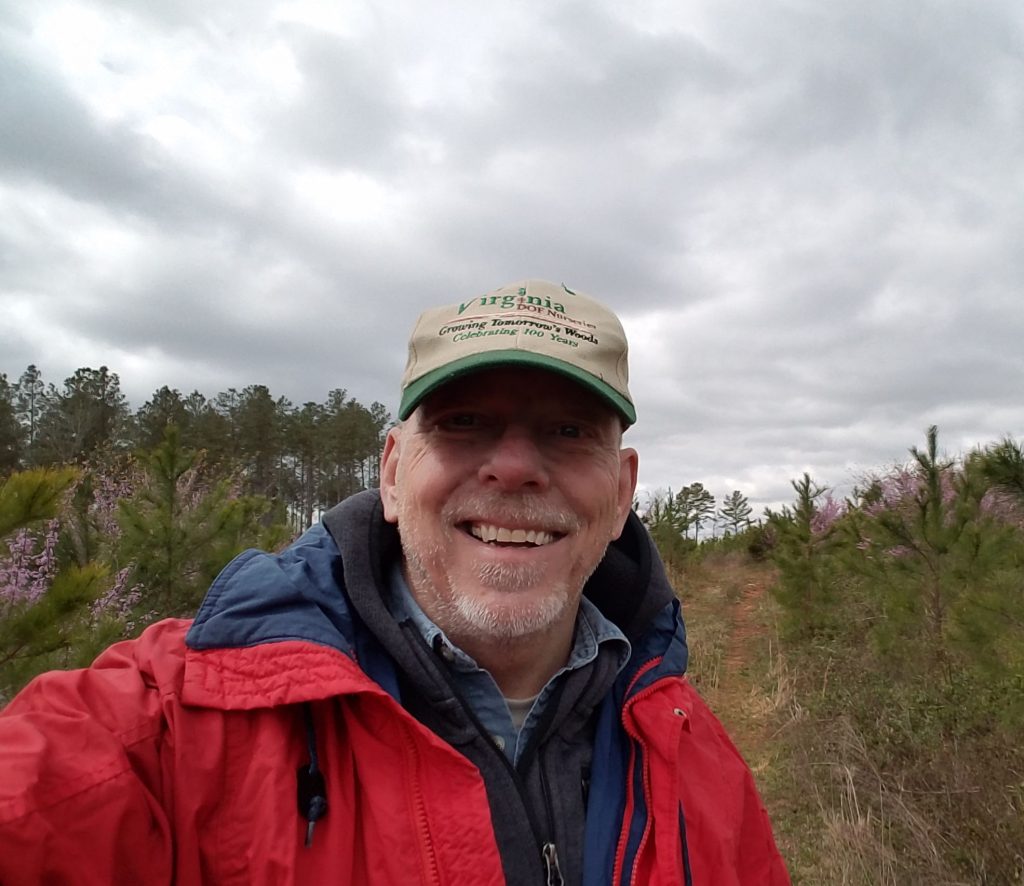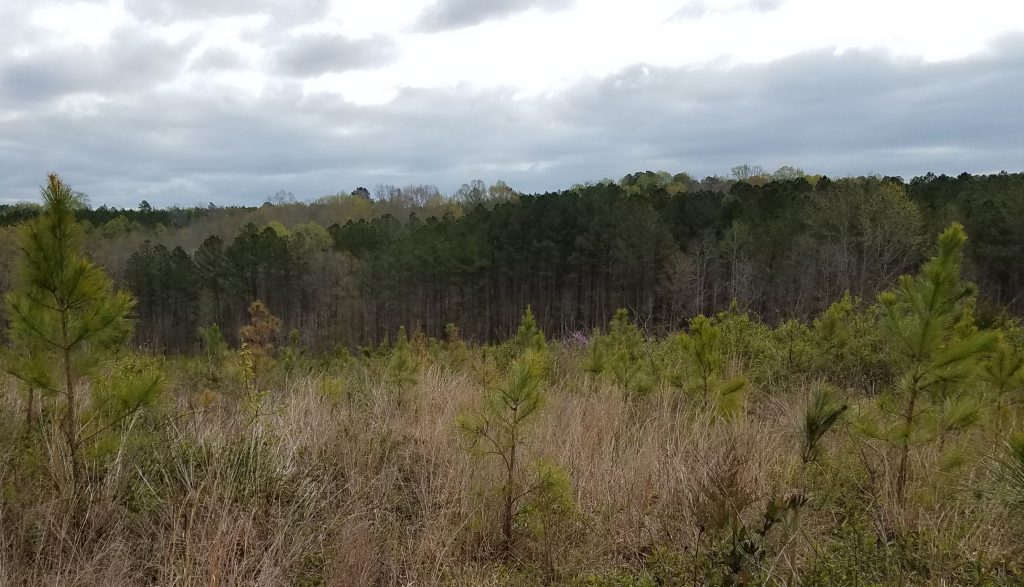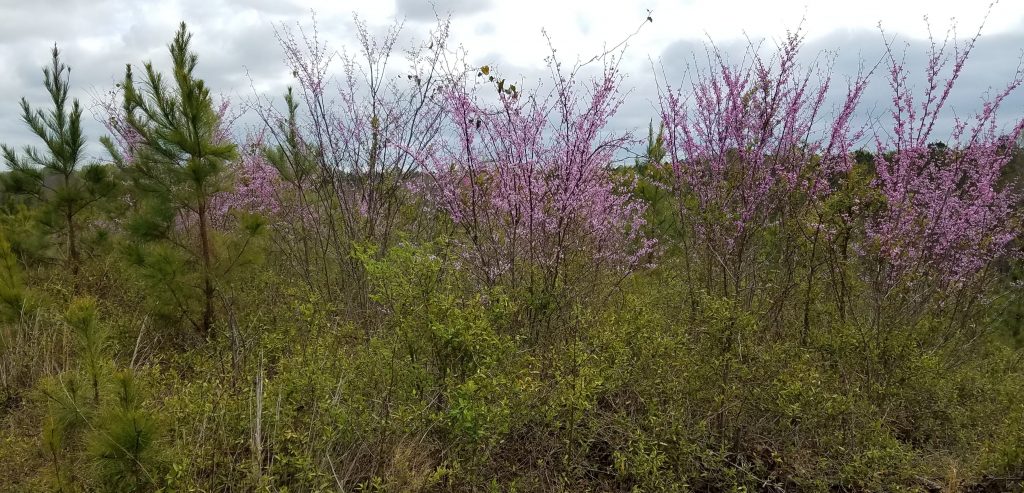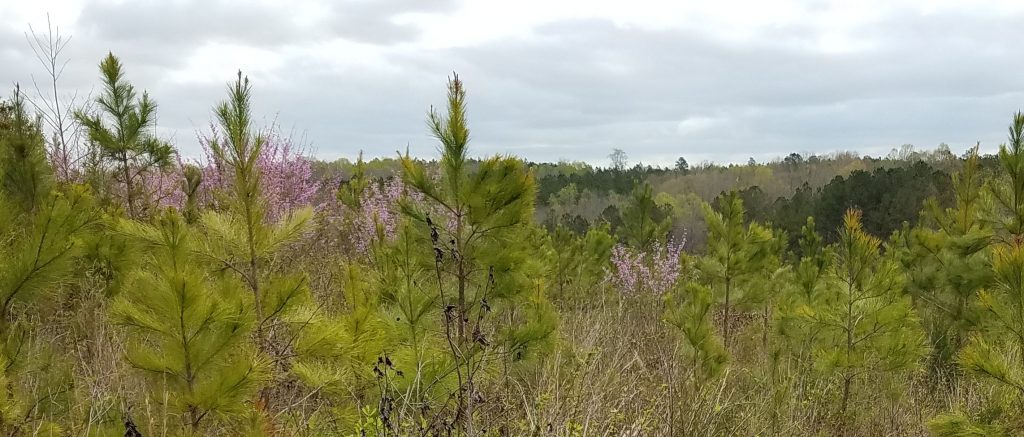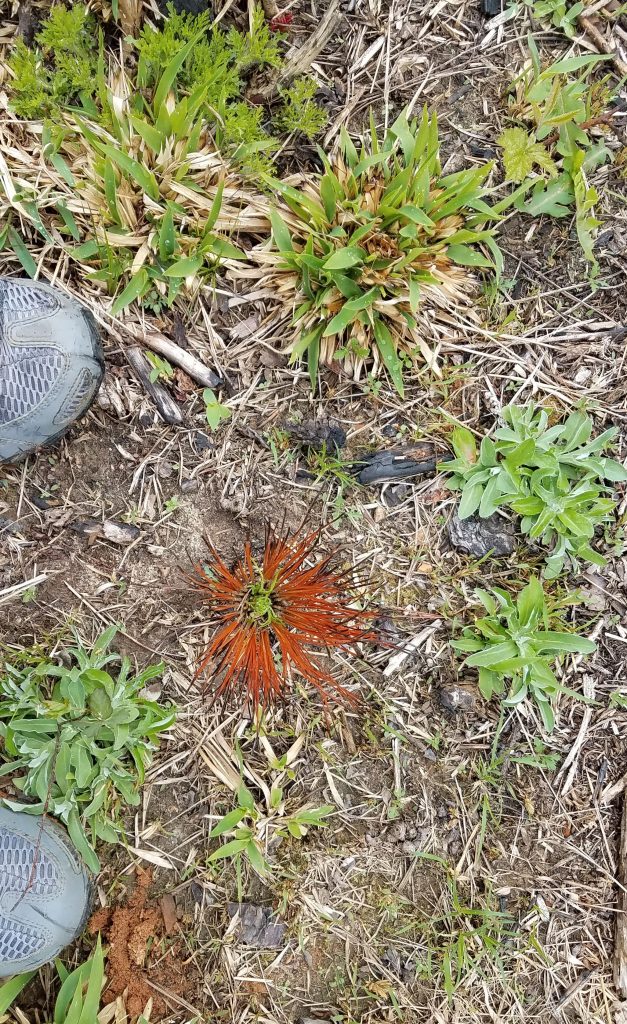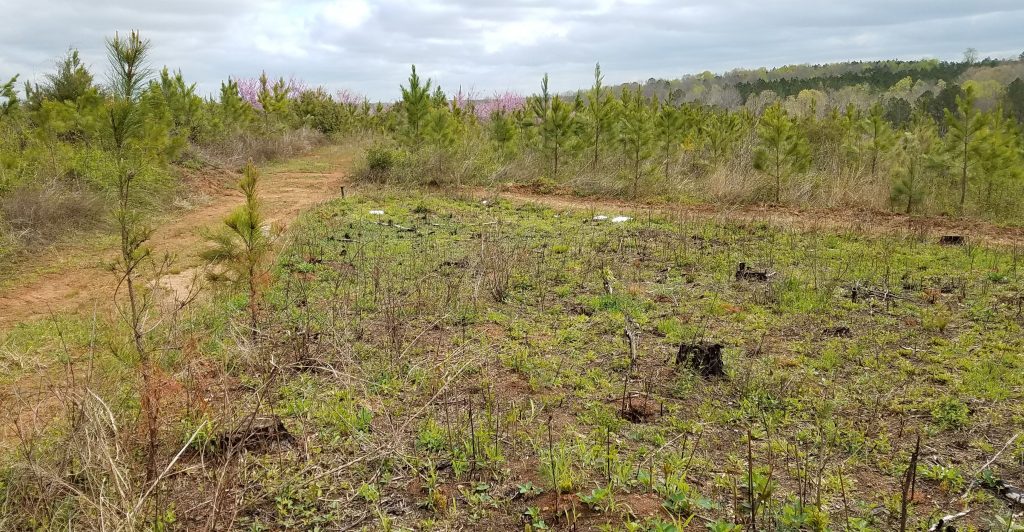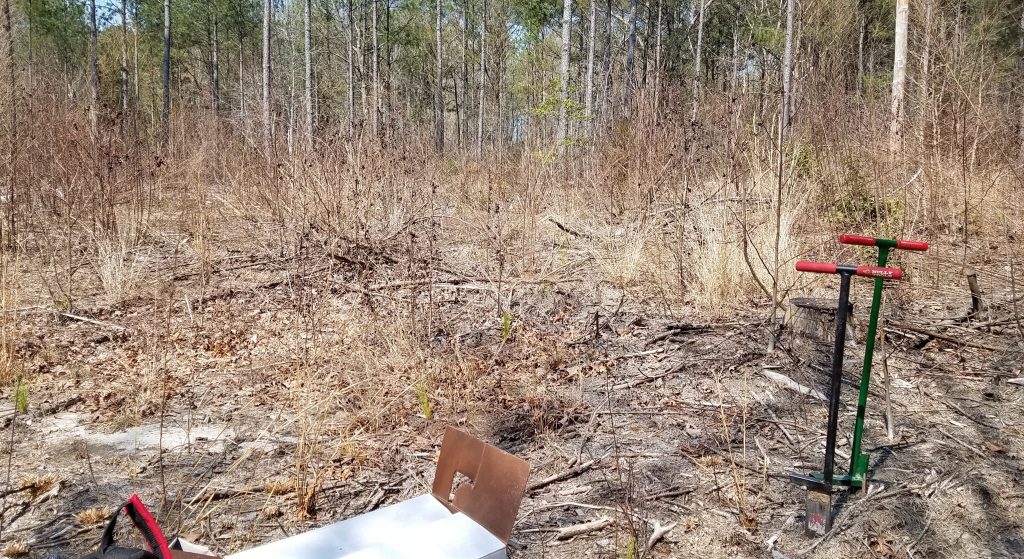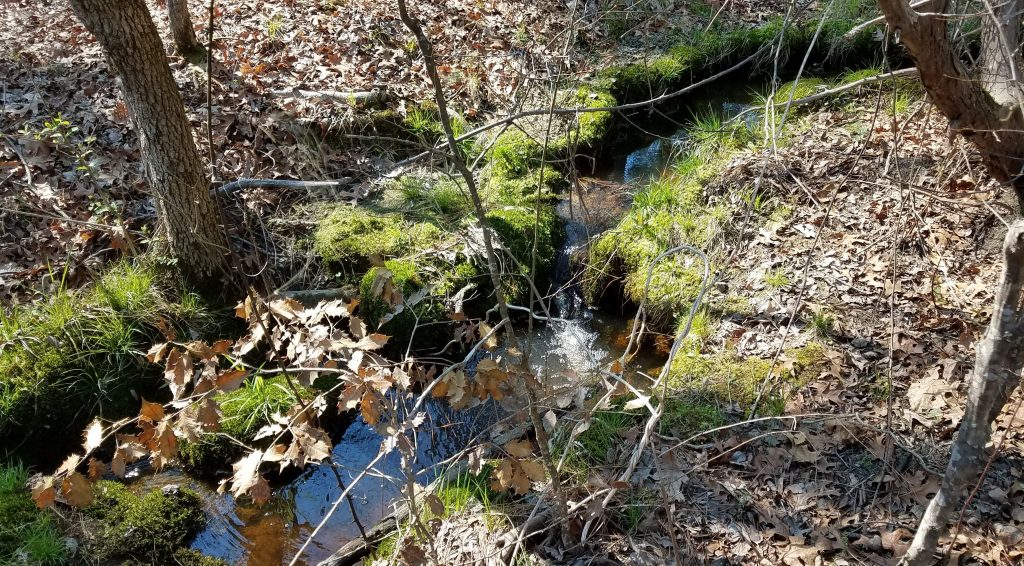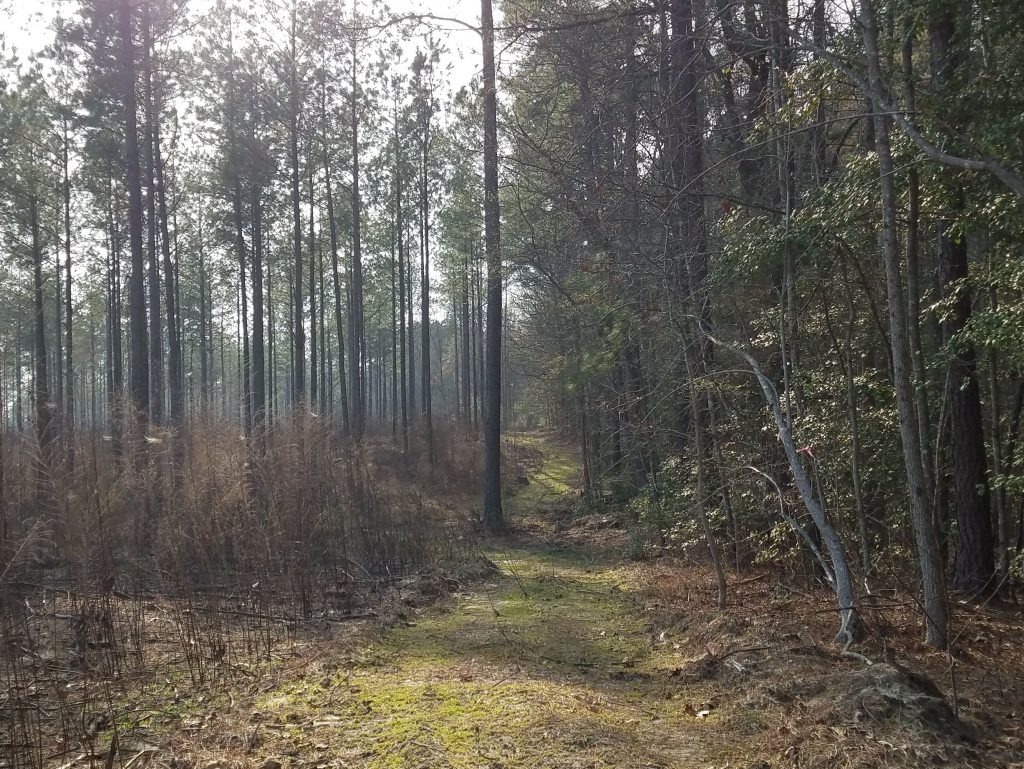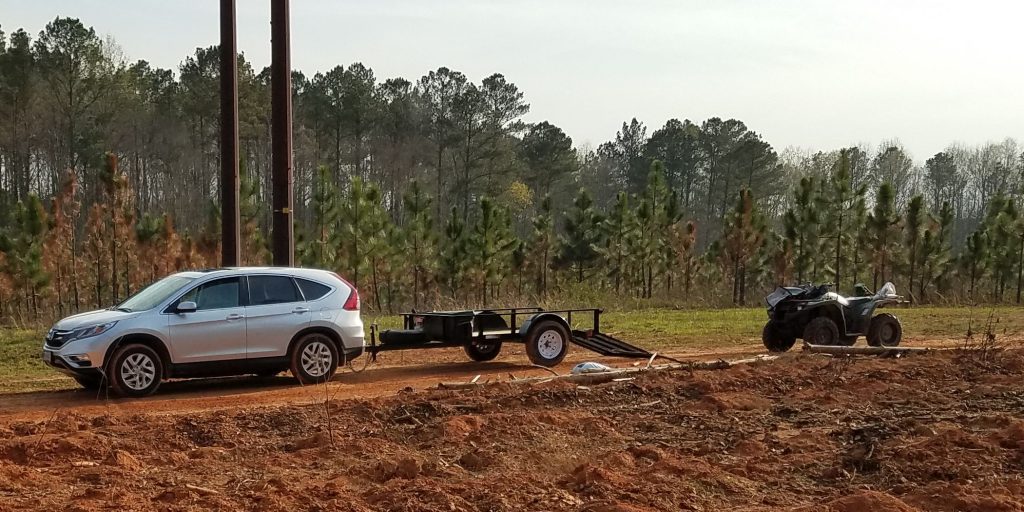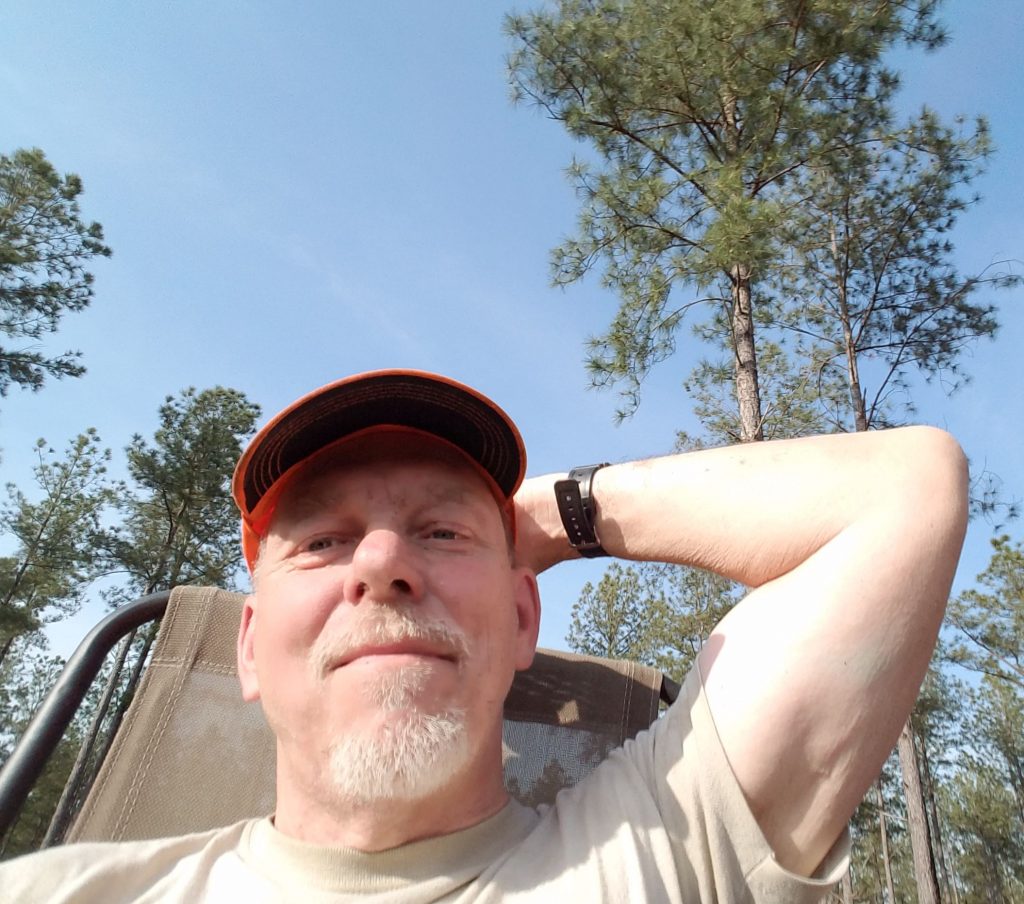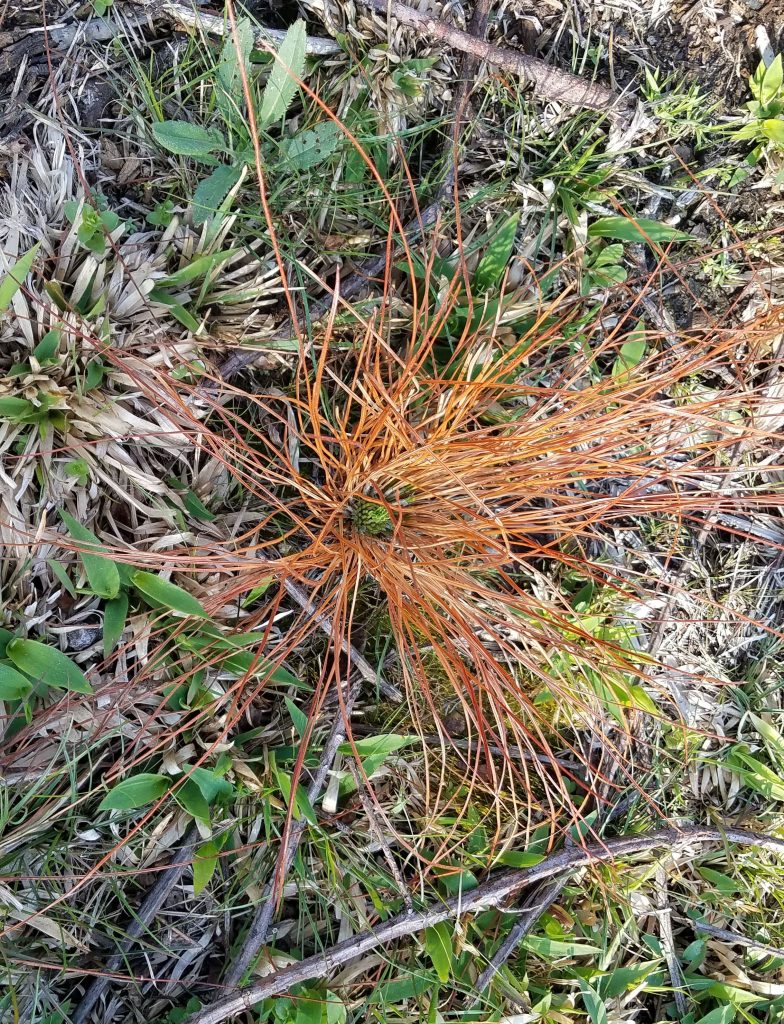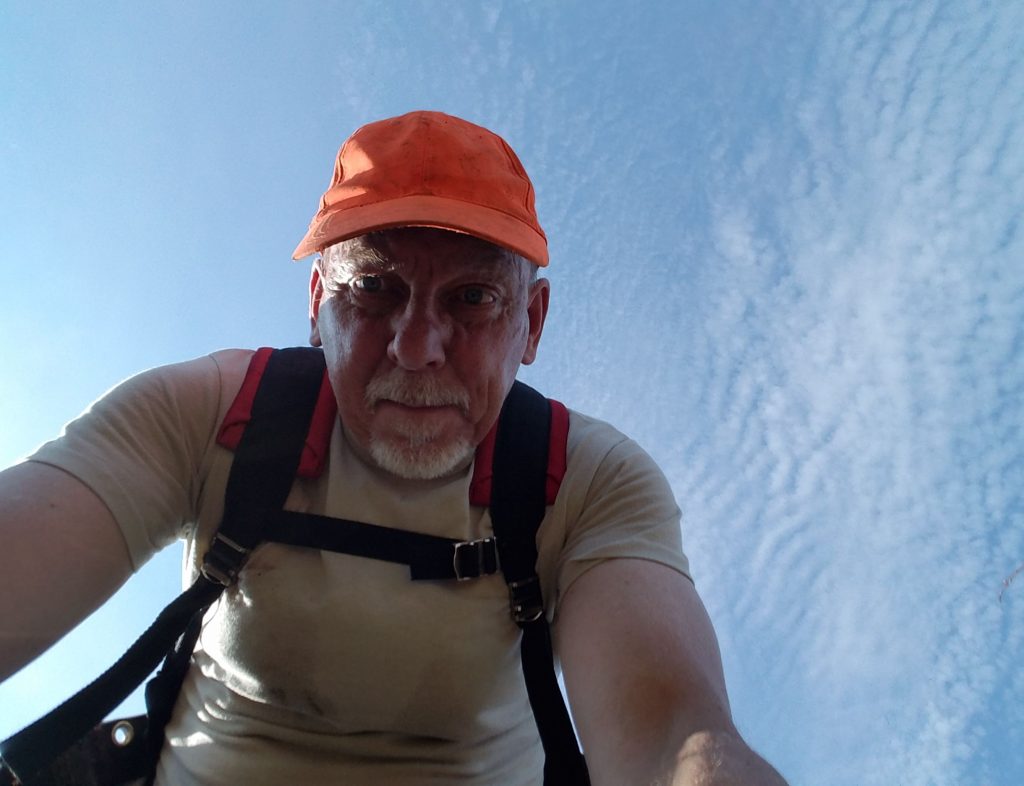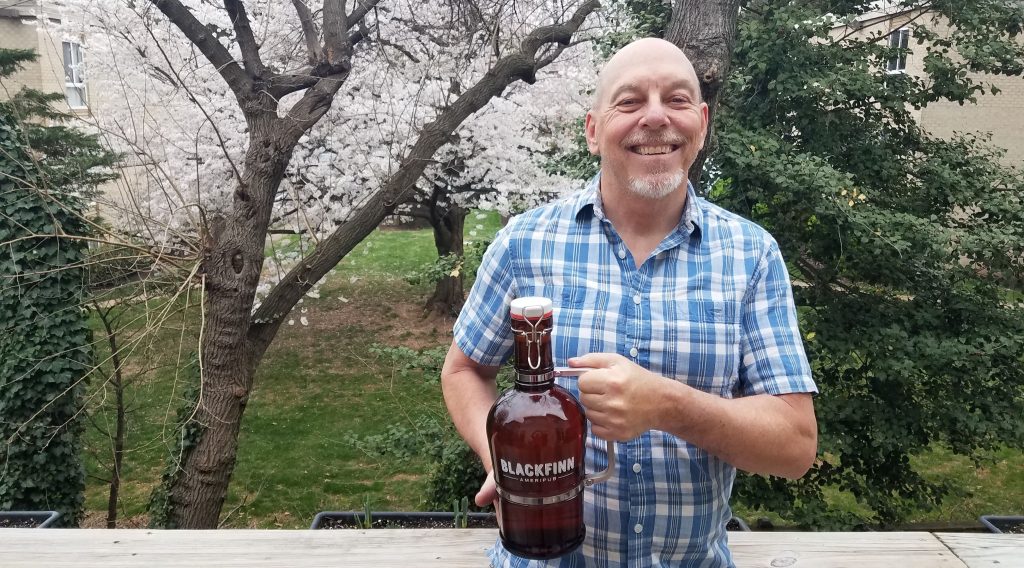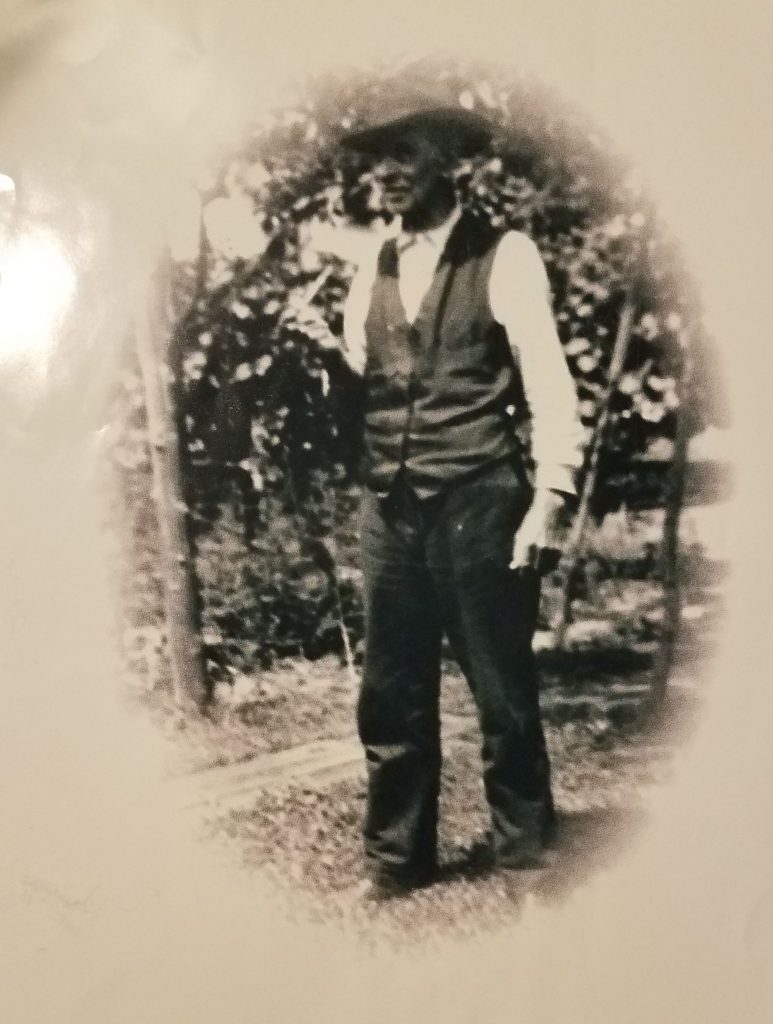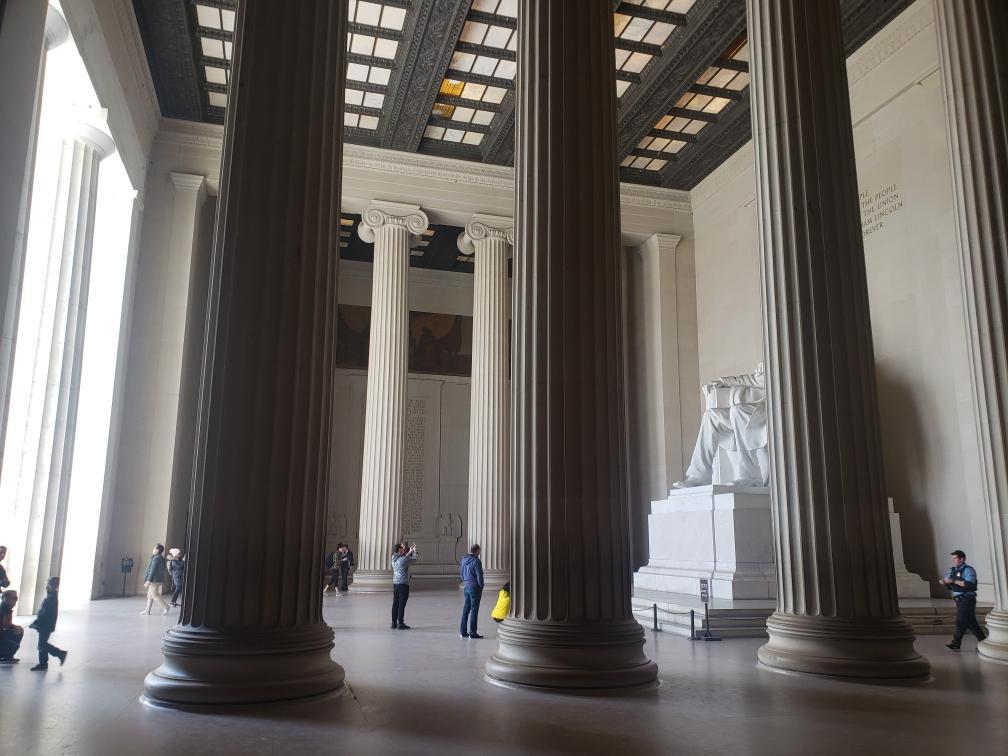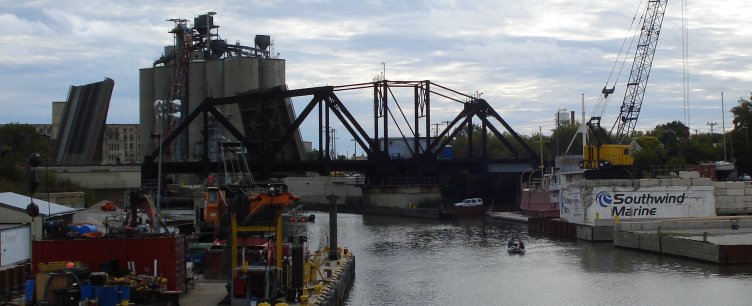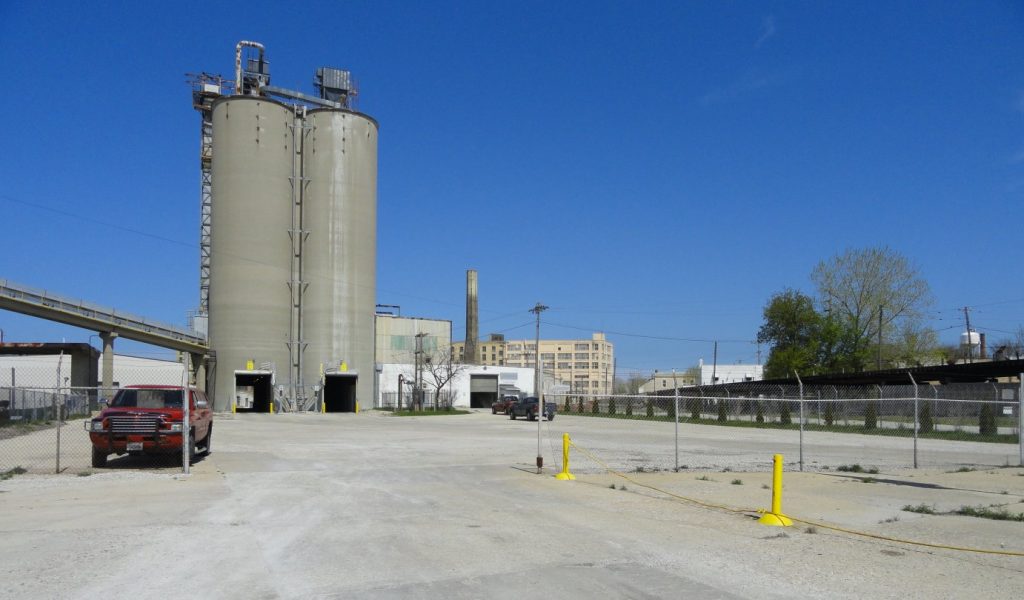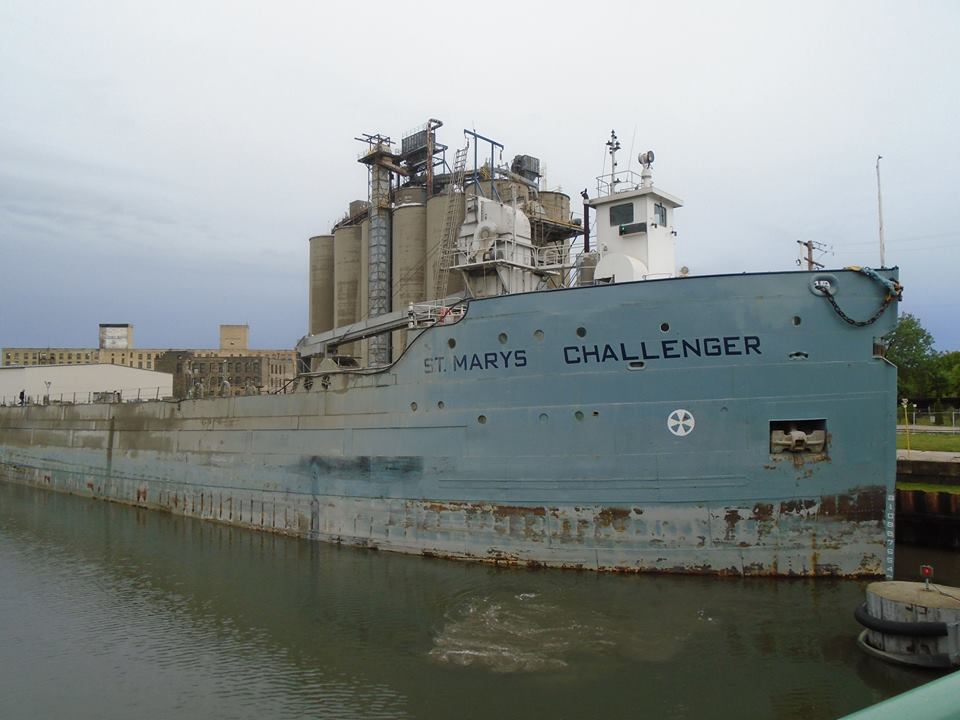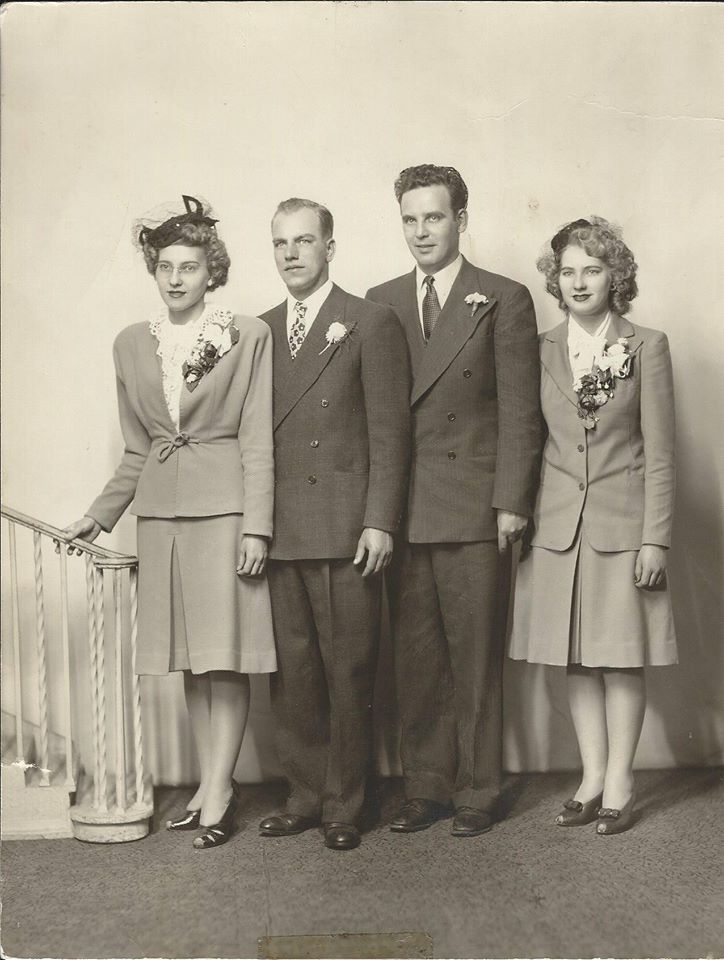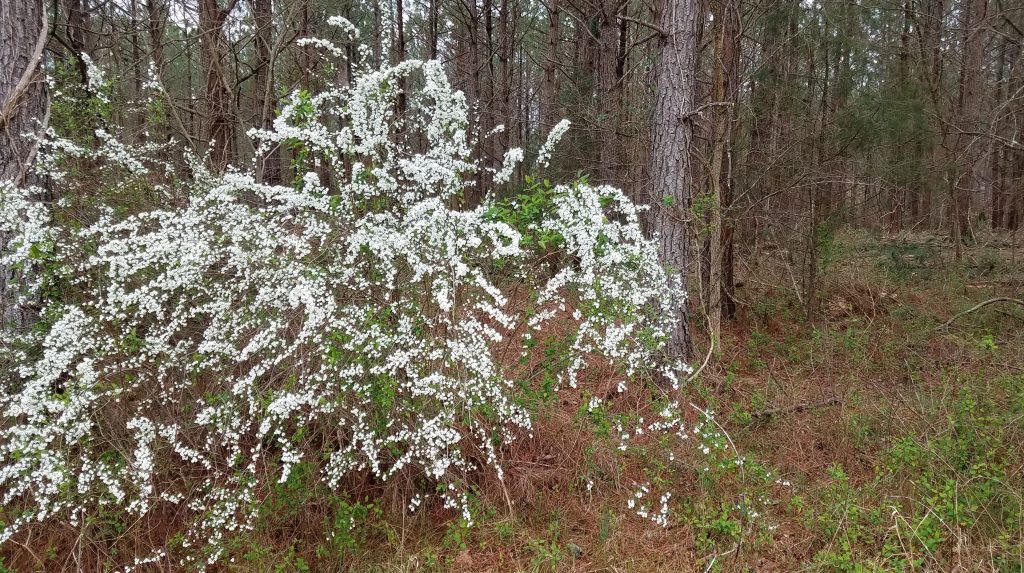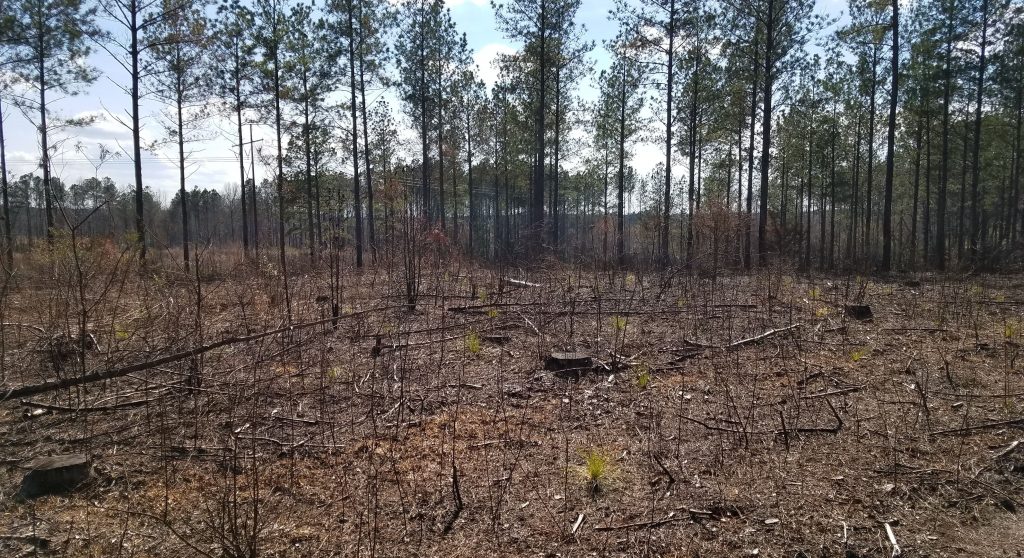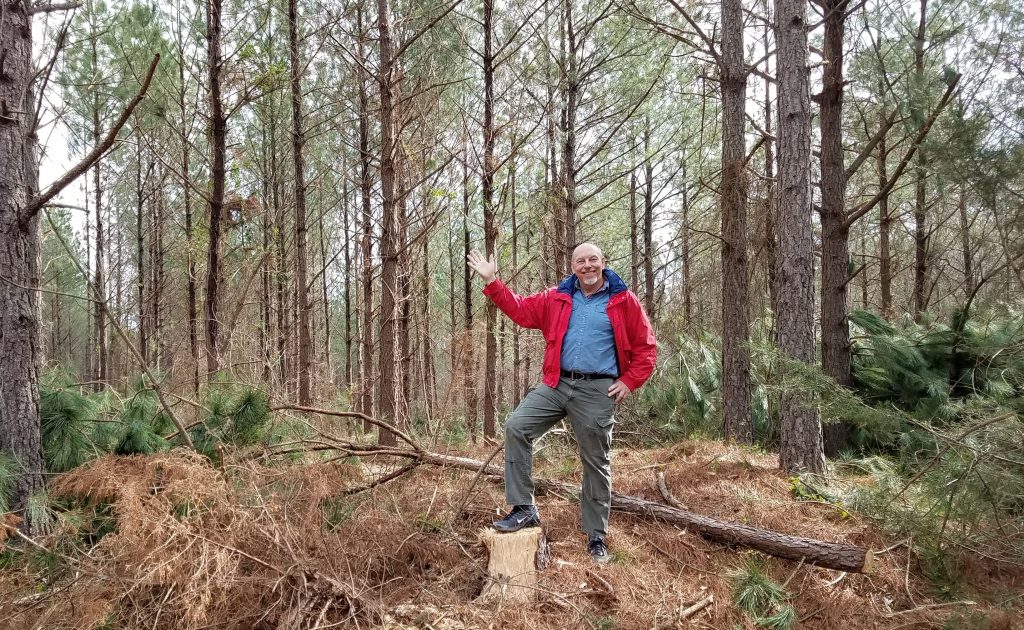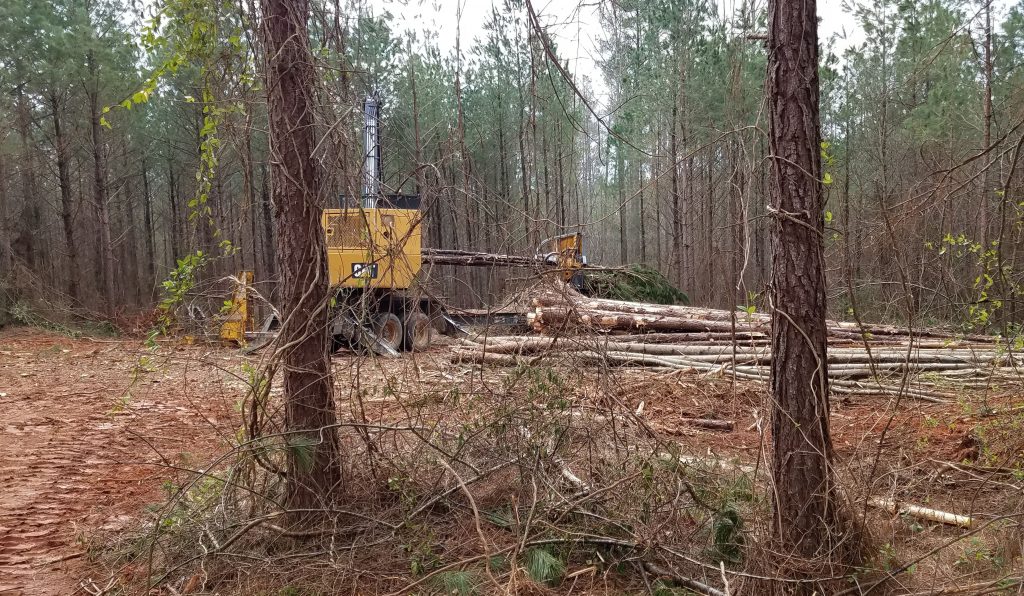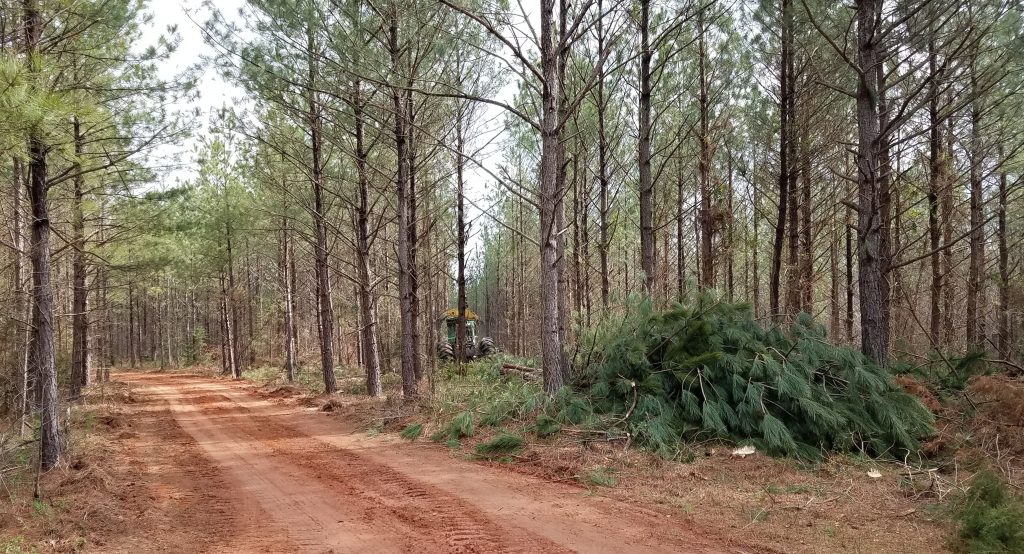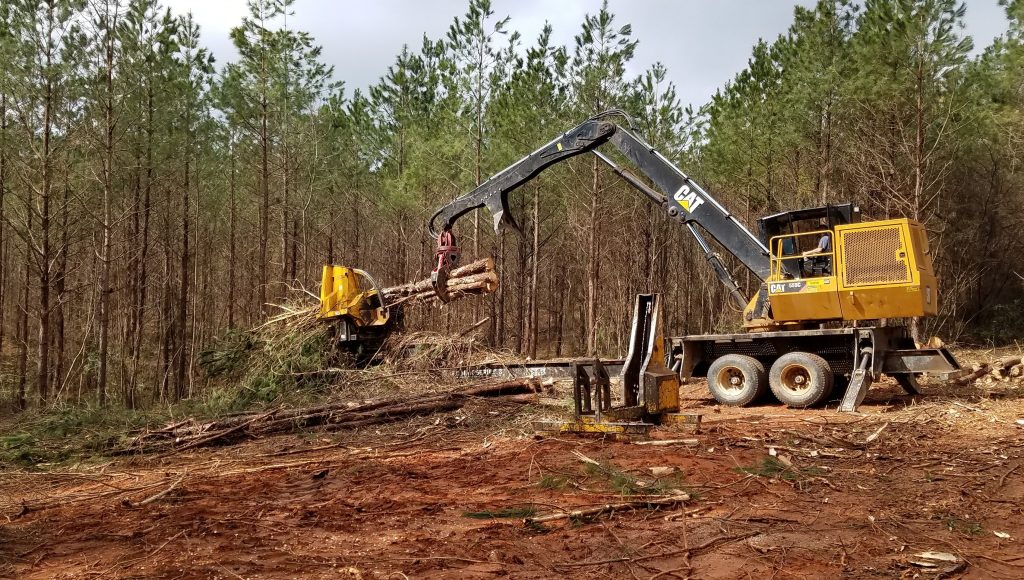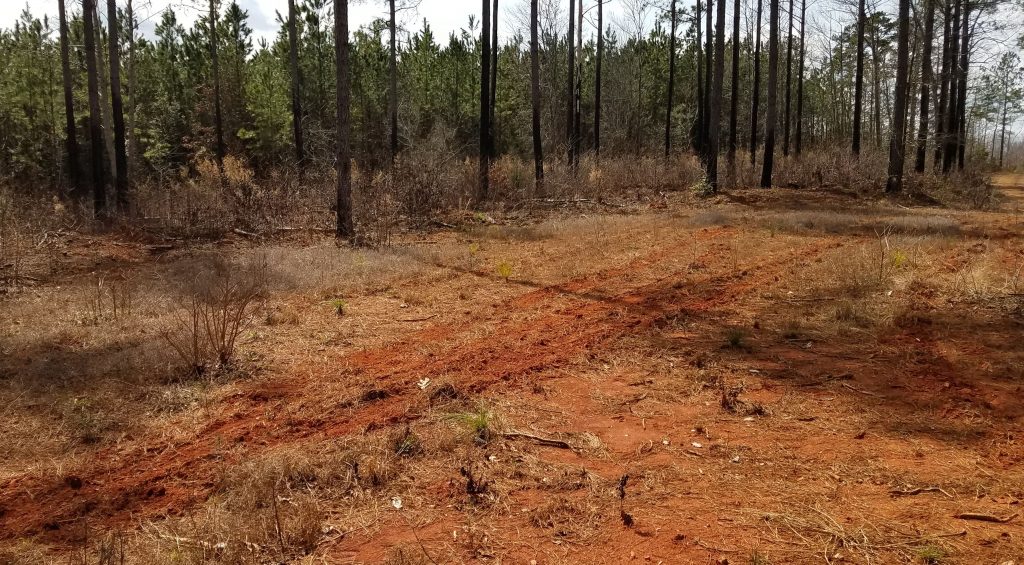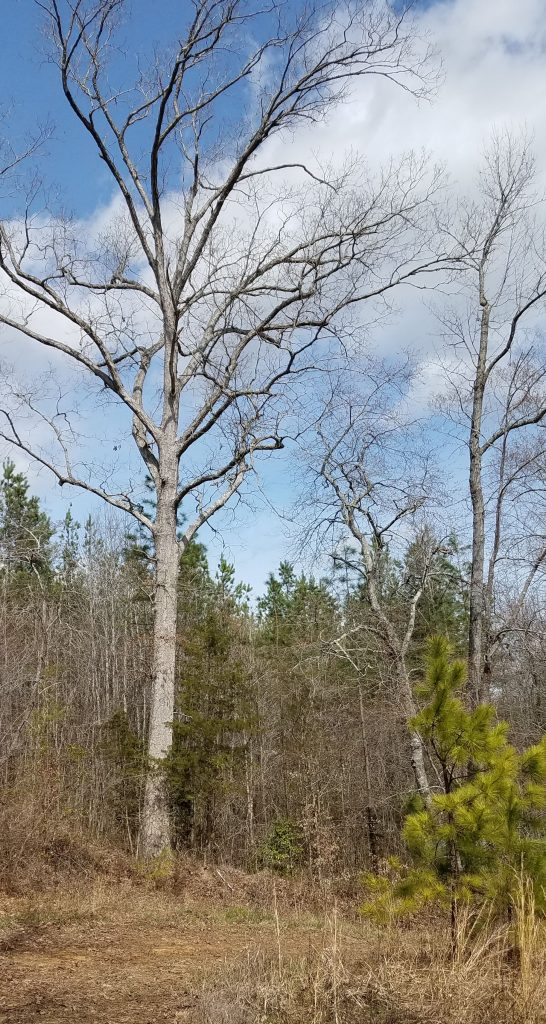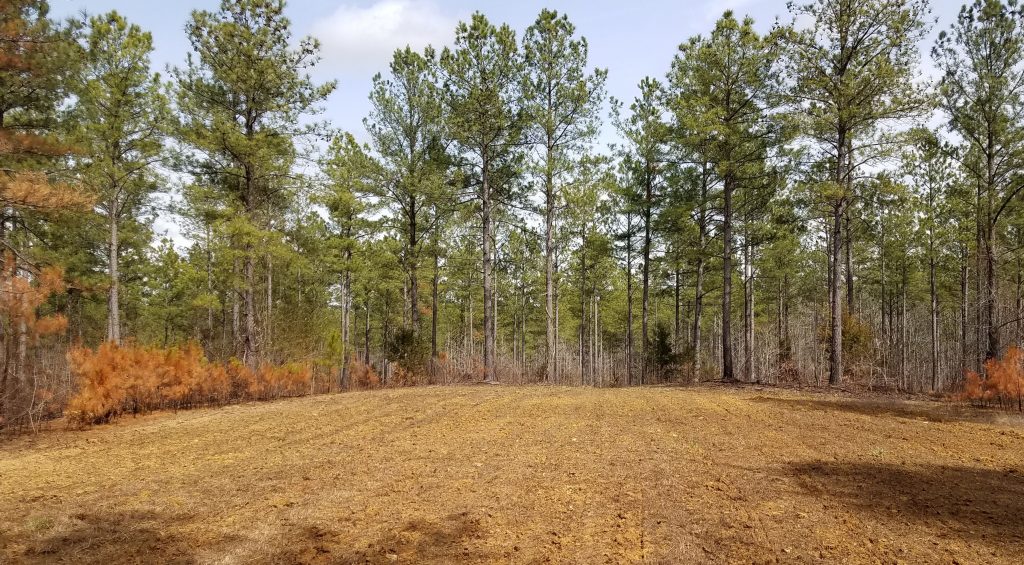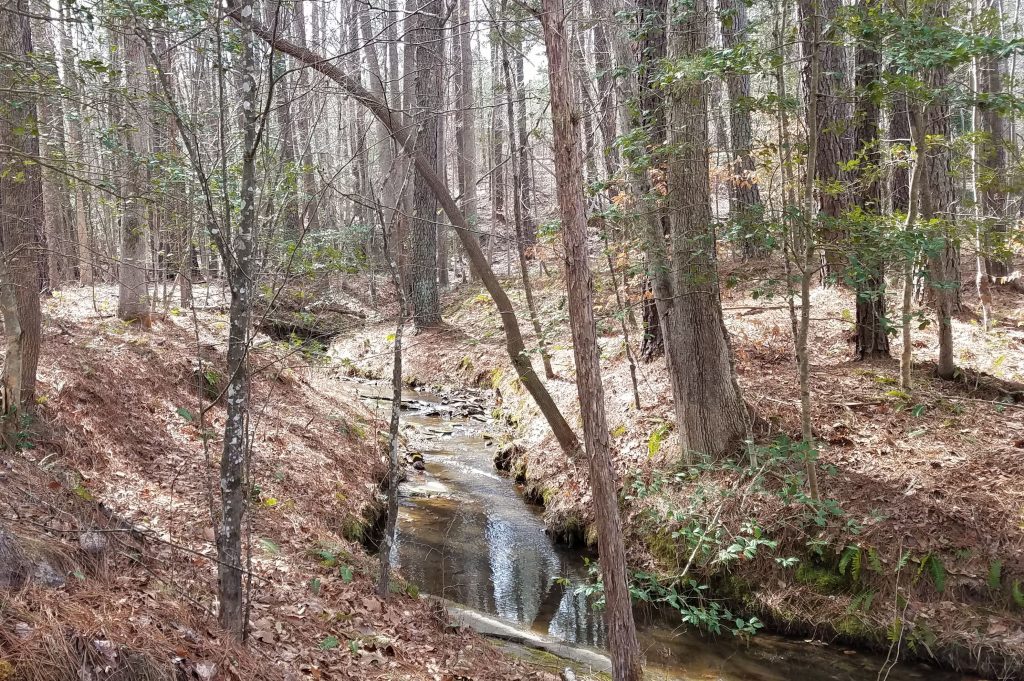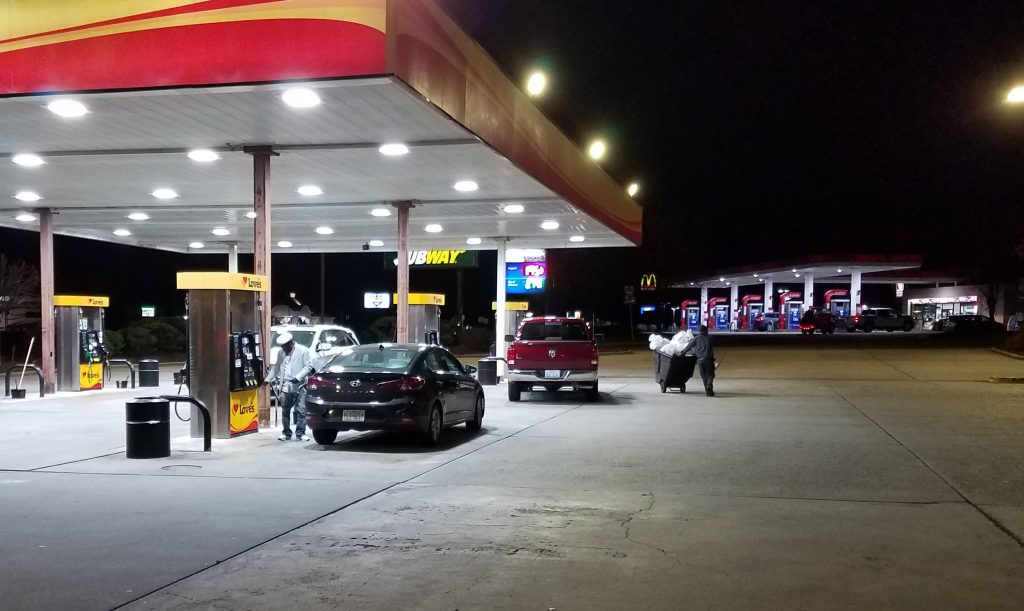I feel virtuous & brag that I planted thousands of longleaf pines with my own hands, but if you really want to get something done you need institutional and enterprise support. This can translate those thousands into millions and regenerate whole ecosystems. This is why the partnership between Enviva & the Longleaf Alliance is so exciting. Read about it at this link.
Trees are more than wood and forests are more than trees
Lack of trees is not the biggest reason that longleaf systems declined from something like 93 million acres to around 6 million today, and restoring longleaf ecology means more than planting longleaf pines. We need to restore a ecosystem, not just trees. This is a bigger and more interesting enterprise.
This project embraces the big solution. Restoration of longleaf requires logging and thinning and after that the reintroduction of routine fire.
Fire is a keystone predator
Let me say a little about fire in a piney ecology. Think of fire like a keystone predator. (Reminds me of Aldo Leopold’s Thinking Like a Mountain.) Wolves and lions serve the healthy purpose of controlling overpopulation of herbivores; fire did that to brush. Fires in longleaf forest returned at short intervals. They did not burn hot and disastrously, since frequency prevented buildup of too much fuel. Fire shaped forests ecology for thousands of years. Plants and animals co-evolved with fire. And then regular fire was excluded. The result was a less diverse ecology and – paradoxically – bigger and more disastrous fires.
Preparing to bring back fire
We cannot just bring fire back. Fire just destroys forests long building fuel in form of litter and duff. It is like top athlete who has grown fat and lazy. You are liable to hurt or even kill him if you sent him out to play football with the pros w/o first bringing him up to better condition.
Enviva makes biomass fuel. This uses smaller trees that would otherwise be uneconomical to harvest, but which need to be cleaned up before longleaf ecology can again benefit from regular fire.
I am very pleased by the plan. It will do a lot of good in our southern pine forests, an important step in regenerating our once and future forests.

